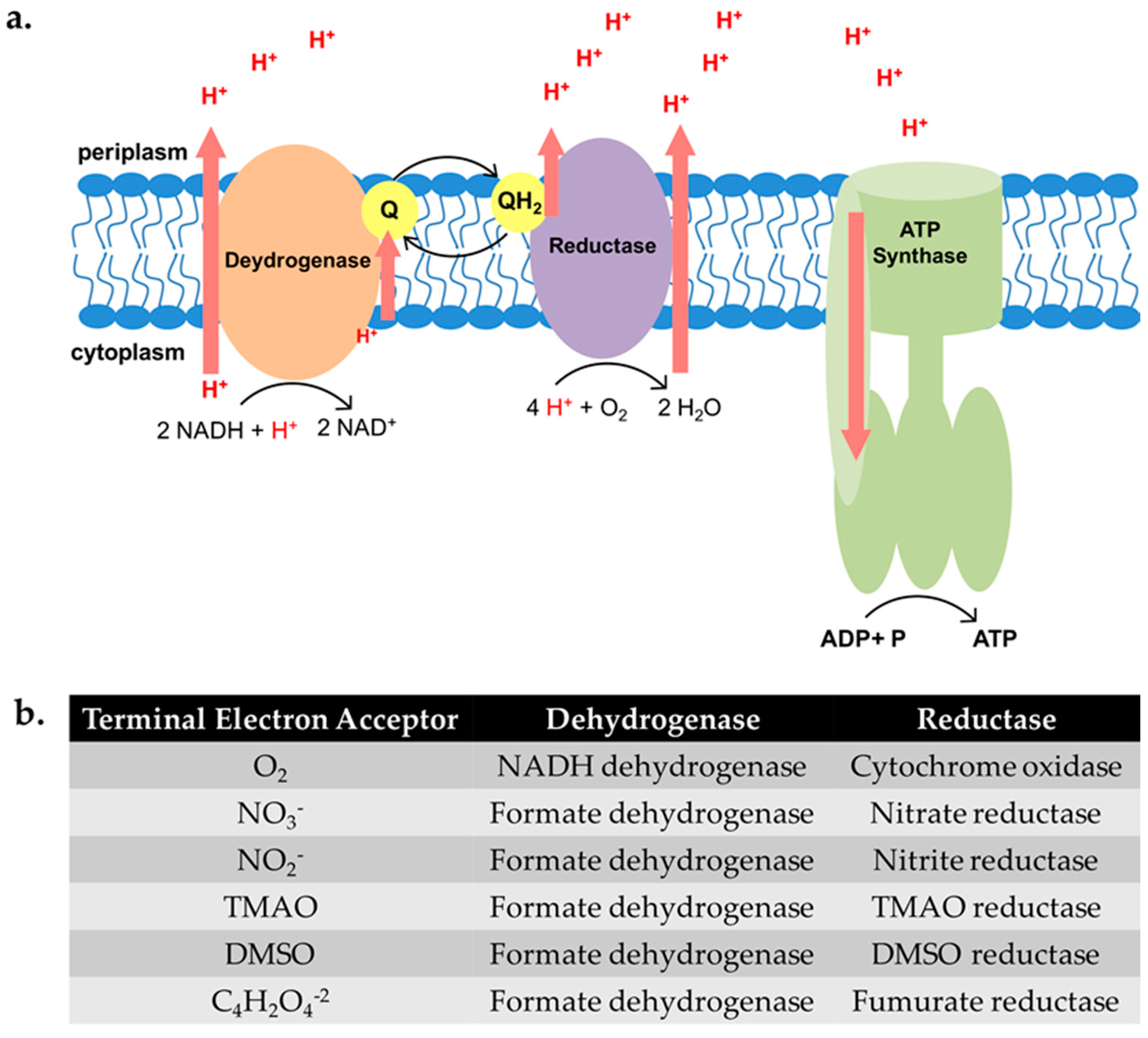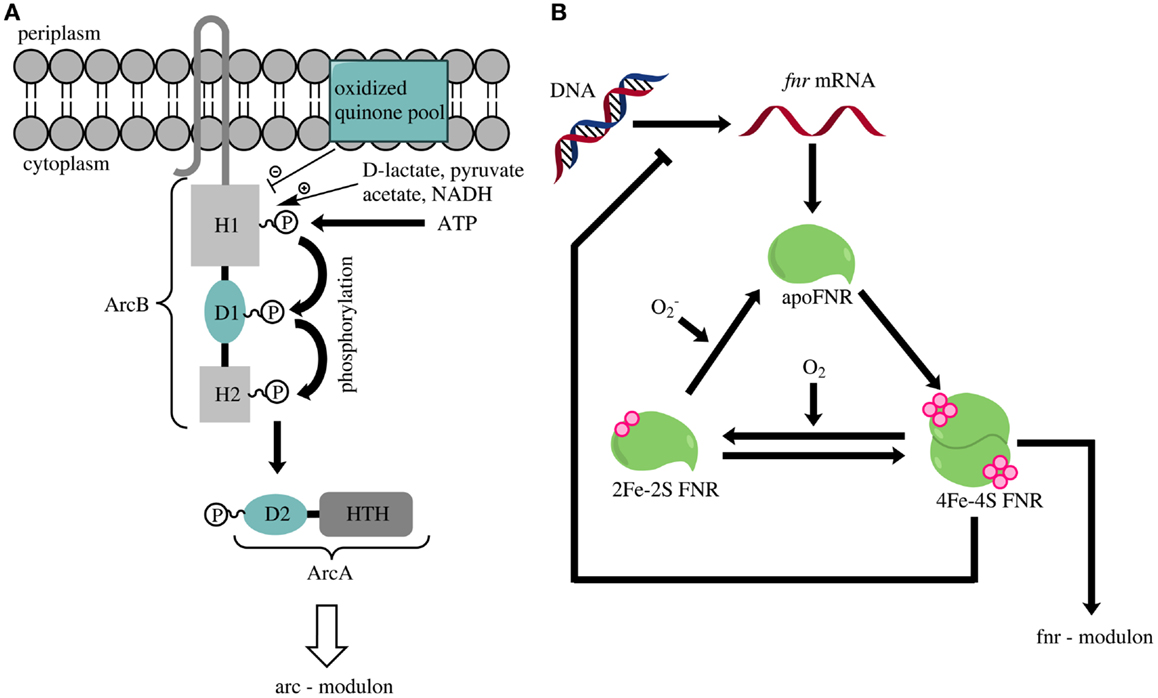Escherichia coli contains a versatile respiratory chain which oxidizes ten different electron donor substrates and transfers the electrons to terminal reductases or oxidases for the.
is e coli anaerobic or aerobic ? Question. is e coli anaerobic or aerobic. 0. Microbial ecology Roy M. Balderas 4 months 2022-10-08T12:01:09+00:00 2022-10-08T12:01:09+00:00 0.
Results showed that E. coli PI7 decayed at a significantly slower rate under anaerobic conditions. Approximate half-lives were 32.4 ± 1.4 h and 5.9 ± 0.9 h in the anaerobic and.
Les suspensions de bactéries lavées, provenant d'une culture de E. coli faite en aérobiose forcée, fermentent le glucose sans dégagement d'anhydride carbonique et d'hydrogéne.
Escherichia coli (E. coli) are Gram-negative, facultative anaerobic, rod-shaped bacteria. E. coli are commonly found in the intestine of humans and warm.
However, being Facultative anaerobe E. coli can grow both aerobically and anaerobically and you need not to think about ways to grow them anaerobically, use any system with.
The bacterium E. coli is capable of performing: aerobic respiration - in presence of oxygen; anaerobic respiration - in absence of oxygen; fermentation - In.
Escherichia coli (E. coli) are Gram-negative, facultative anaerobic, rod-shaped bacteria. E. coli are commonly found in the intestine of humans and warm-blooded.
Under anaerobic conditions E. coli has two options to generate ATP: fermentation (substrate-level phosphorylation), and respiration (proton gradient, chemisomotic.
E. coli is able to grow aerobically by respiration and in the absence of O2 by anaerobic respiration with nitrate, nitrite, fumarate, dimethylsul.. In facultatively anaerobic.
dynamics of gene regulation in E.coli during the transition from anaerobic to aerobic growth (20). The use of chemostat.
Les suspensions de bactéries lavées, provenant d'une culture de E. coli faite en aérobiose forcée, fermentent le glucose sans dégagement d'anhydride carbonique et.









![E Coli Aerobic Or Anaerobic Dynamics and genetic diversification of Escherichia coli during experimental adaptation to an anaerobic environment [PeerJ]](https://dfzljdn9uc3pi.cloudfront.net/2017/3244/1/fig-6-full.png)

